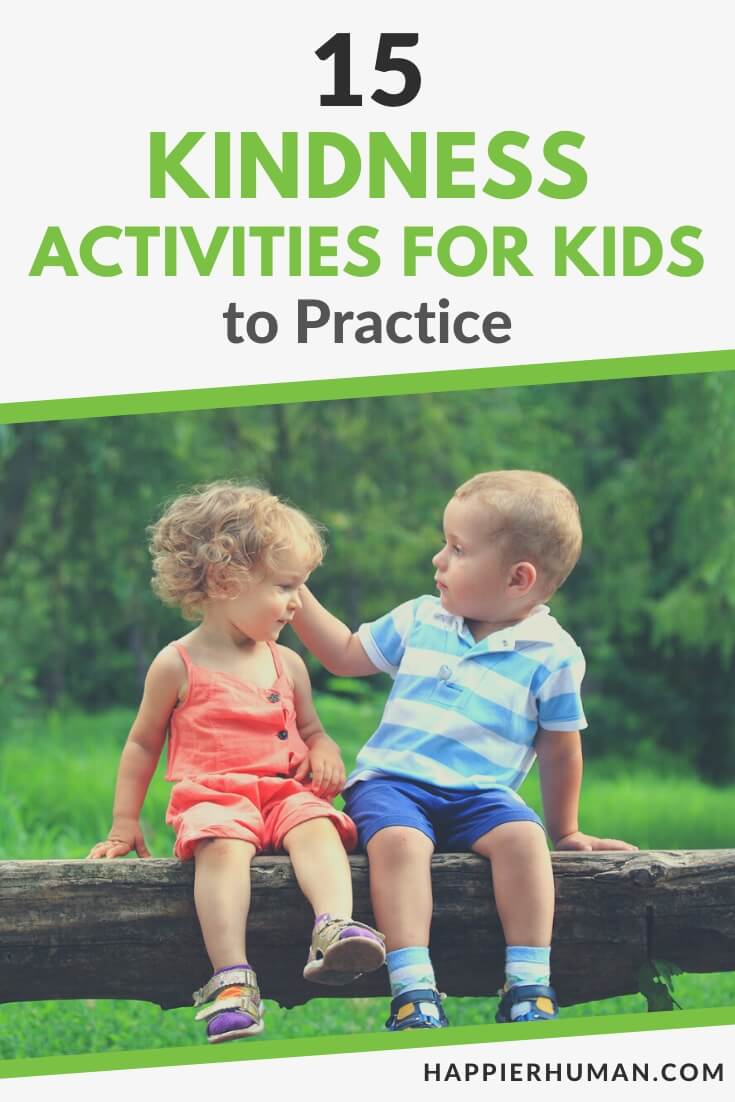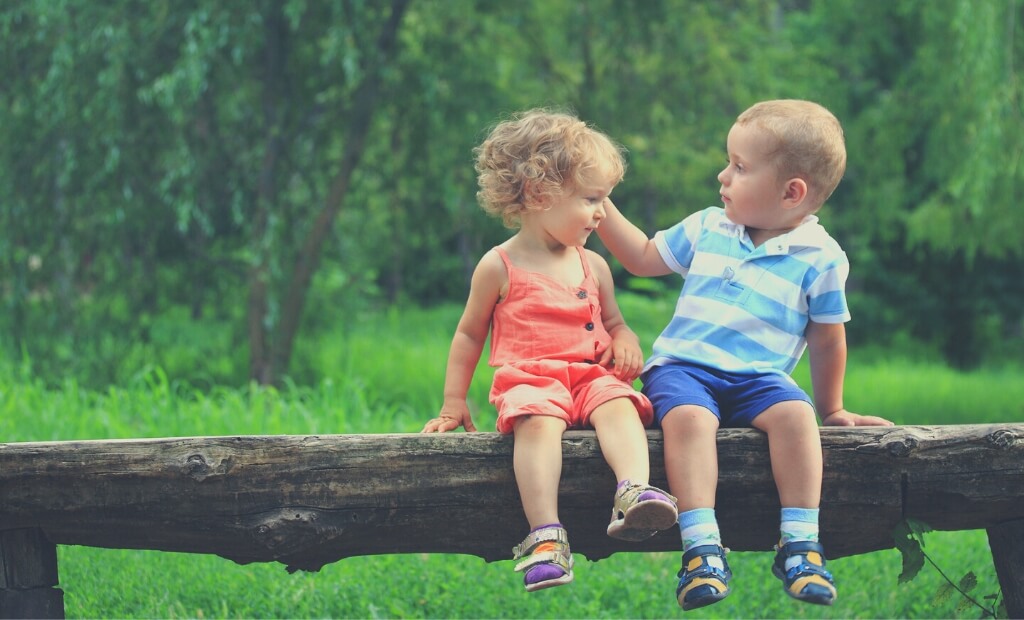There might be affiliate links on this page, which means we get a small commission of anything you buy. As an Amazon Associate we earn from qualifying purchases. Please do your own research before making any online purchase.
Parents and educators have to teach kids various skills. Perhaps just as important as math, reading, science and social studies… kids must learn how to be kind.
Being kind doesn’t cost you or your child anything, but it can bring a wealth of benefits your way. Plus, kindness is one of those important character traits that is essential for a child’s development and emotional intelligence.
Kids learn best through doing and observing. So what kindness activities for kids are ideal for them to do so?
How can they learn about kindness and related concepts… like empathy, goodwill, consideration, sympathy, hospitality, tactfulness, generosity, charity, and philanthropy?
In this article, I’ll offer a list of activities to help you get started today!
Why Is It Important to Teach Kids Kindness From an Early Age?
Kindness matters, whether you are young or young at heart. Teaching a child about kindness and increasing their kindness quotient from an early age are essential for various reasons. Kindness:
What Are the Differences between Being Kind vs Being Nice?
People tend to use “nice” and “kind” interchangeably, but the words actually mean different things when you dive deeper. So it’s essential to teach children the differences between being nice and being kind.
You can be kind and nice, or you can just be nice with no kindness.
Kindness is defined as being generous, considerate, and friendly. It’s being sincere about voluntarily using your time, resources, talents, and other means at your disposal to improve your life and/or the life of another person through genuinely kind actions and behaviors.
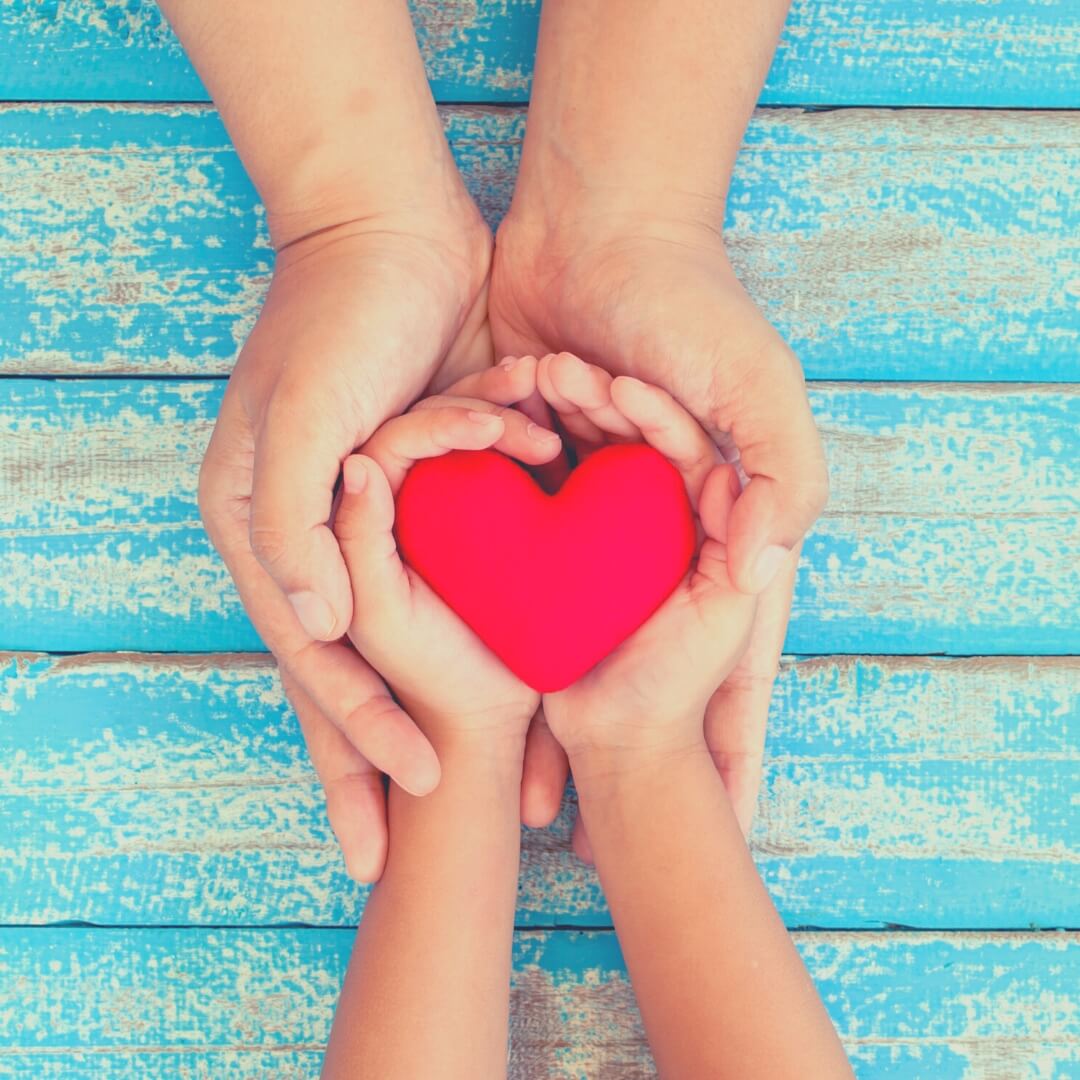
When you are kind, you don’t “do” because you expect anything in return. You are kind because it feeds your soul, makes you happy, and it’s the right thing to do.
On the other hand, when you are nice, you do something because it is expected, but nice means pleasant or satisfactory. You may expect yourself to be nice in a certain situation or someone else may expect you to be nice.
You can, however, also be nice because you are kind and help or do because it’s the right thing and not because of expectation.
For example, a kind and nice person can hold the door for another person. But whether you are nice and kind or just nice depends on your intent or motivation. So if a child sees an elderly lady struggling to open a door, they can be kind and help because they want to help.
This is a nice (pleasant) thing to do for the lady. But the child may also know it’s expected of them to help, and if they don’t want to, it becomes a nice but not a kind action.
Further Benefits of Teaching Kids the Act of Kindness
There’s a multitude of advantages to teaching kids the act of kindness, but here’s the most important ones:
15 Kindness Activities for Kids
Teaching kids about kindness should be similar to how you’d teach science, languages, and other social and emotional intelligence skills.
You’d model what kindness is and how to be kind, let the child do hands-on activities, and then practice independently.
Here are 15 activities to teach kids about kindness:
1. Learn to T-H-I-N-K
One way to teach a child about kindness is to teach them how to T-H-I-N-K.
When a child T-H-I-N-Ks, they don’t speak before thinking about what they want to say. The kid should ask themself the following questions and answer them, and then decide what to say based on the answers.
If they can’t answer “yes” to all of these questions, then they shouldn’t be saying anything.
You can do a gossiping activity with made-up people. Present people who are overweight, disabled, and different on flashcards. Show the kids the cards, and ask them what comments they’d make about the person. Was T-H-I-N-K involved?
Then let them practice T-H-I-N-K, and ask if they should still be making those comments. Let the children practice what kind things they can say instead.
2. Make a Kindness Jar
Another kid’s kindness activity is to make a kindness jar. Yes, like a swear jar, but kind stuff.
Get a mason jar and post-it cards. Brainstorm with your child what words are kind words and what activities are kind.
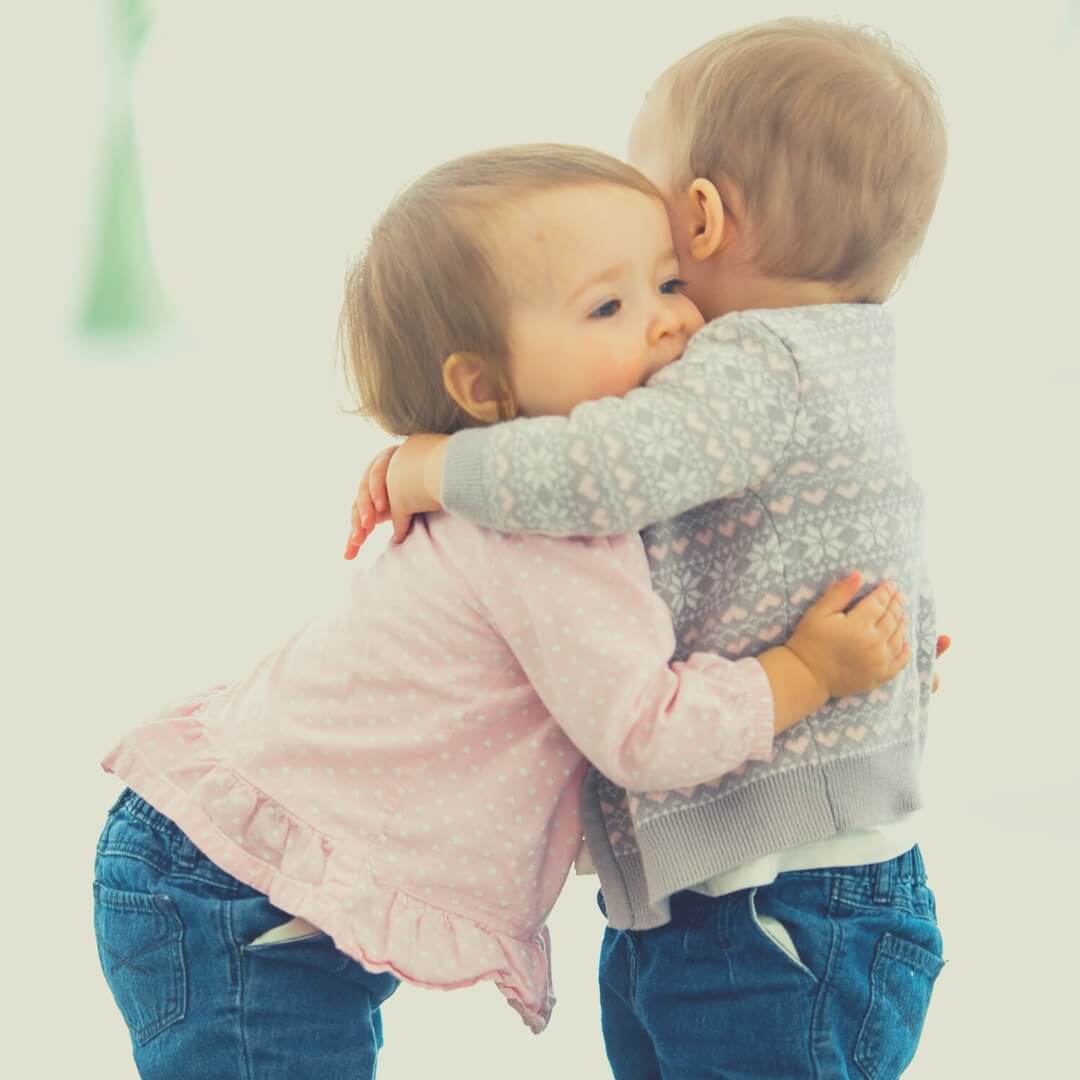
Then whenever they do something kind for themselves, you, or anyone else, they write the action on a note, fold it up, and add it to the jar. You can do the same.
At the end of the week or month, tally up the kind activities. Sit with your child and discuss some kindnesses you both bestowed on yourself and others.
3. Volunteer
You can choose a specific volunteering activity for your child, or you can ask them about what’s important to them. When you give agency to them, the volunteering and kindness teaching moment become that much more powerful.
Once your kid has chosen who or what matters to them, you can find local volunteer groups and organizations. They can go volunteering by themselves or you can join in too.
Some ideas for volunteering:
Giving back to the community or environment is an excellent way to engage in kindness activities for kids. Help your child journal about the volunteerism and reflect on how it’s a kind activity and how it makes them feel to be kind and help.
4. Make a Compliment Board
A kindness activity should have your child digging deep to really consider what they appreciate about themselves and others – their adults, family members, friends, teachers, and strangers. To generate these kinds of thoughts, make a compliment board.
You need a chalkboard, dry-erase board, or even an A1 sheet of paper. Have your child write the compliments or put up notes with compliments they can give themselves and others. These compliments should be positive and gratuitous.
Never force your child to give a compliment; you want to foster sincerity.
5. Read about Kindness
You can also teach children about kind acts via reading. You can read books, articles, or blog posts. Find material that’s age-appropriate and that your children can relate to.
Read with them and discuss kindness in the context of the book. Where appropriate, guide the discussion to the real world.
Some kindness-themed books you can consider are:
6. Watch Videos, TV Shows, and Movies about Kindness
We also learn about life and kindness by what we watch. Similarly, you can teach kids about kindness by watching movies, YouTube videos and TV shows and interacting with kindness memes (enjoying them or perhaps even creating some?).
Remember to discuss the movie, video, or show and kindness themes after watching. And choose age-appropriate material.
Consider watching:
7. Teach the Joy of Donating
Your child can learn about kindness via donating. When your child donates their time, clothes, toys, food, or other items to those in need, they can see the direct impact kindness has on others. It’s a tangible way to showcase the kindness effect.
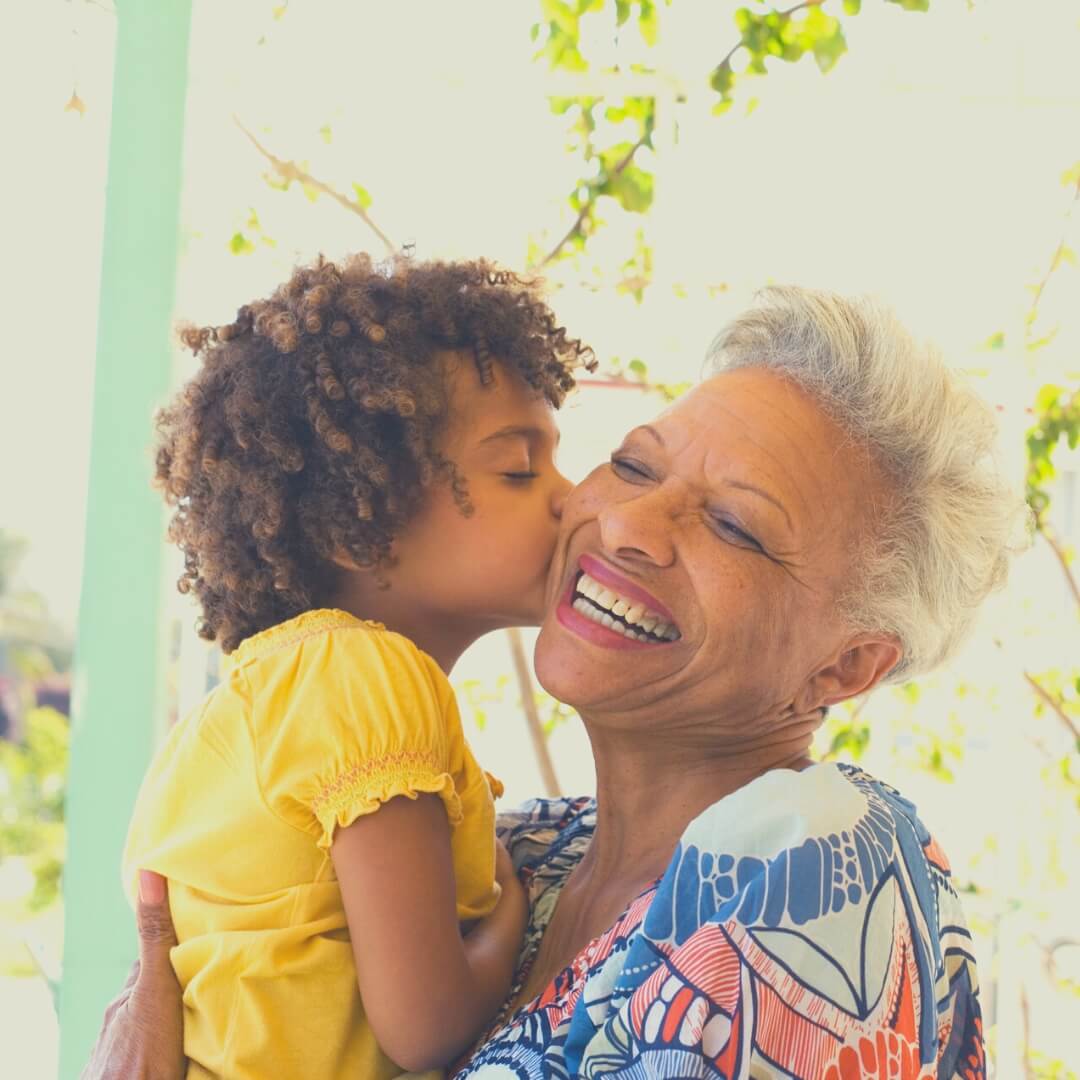
Have a discussion about what donating means, find worthy local causes you and your child can help, and let your kid choose which cause they want to support. They should choose the possessions they want to donate and go with you when it’s time to make the donation.
8. Make a Kindness Craft
There are various kindness crafts you can make with your child. While they learn about kindness, they also get to be creative and have fun.
Some kindness crafts you can make with your child are:
9. Pack a Blessing Bags
Packing blessing bags teaches your little one about kindness and gratitude as they learn to appreciate the basics they have every day that others lack.
Get your child involved in what to pack in the blessing bags. Consider packing toiletries (toothpaste, a toothbrush, body soap, shampoo and conditioner, a face cloth, tissues, sanitary pads, razor, and shaving cream), a bottle of water, sachets with coffee, tea, creamer, and sugar, lip balm, a small first-aid kit, mints, granola bar, socks, and so on.
You and your child can distribute the blessing bags among the homeless or those affected by a natural disaster.
10. Make Kindness Cards
Making kindness cards helps bring the “science of kindness” concept to life.
You need index cards, pens, and markers. Your kid needs to fill out the kindness card when someone is kind to them. They can also decorate the card if they wish.
Then, ask your child to reflect. How did it make them feel when someone was kind to them?
Discuss how kindness spreads happiness and positive feelings. Ask them how they think someone else would feel if they were kind to them. Lastly, brainstorm some kindness activities your child can do for others. You may want your child to note them on blank kindness cards and use them as a kindness library.
11. Have a Kindness Challenge
Spread kindness via a challenge. With a kindness challenge, your children need to practice random or specific acts of kindness during a set period. You can foster some friendly competition, but the focus is on kindness, positivity, and the ripple effect that kindness has: being kind creates more kindness in others.
The more your child sees the positive effects of their kind behavior and actions, the more they are encouraged to spread kindness.
You can easily create a calendar and your child needs to write down the kindness act they performed and are planning to do. Alternatively, you can set the challenge with specific kindness goals. Remember to include kindness to self, kindness to the environment, and kindness to others activities.
12. Make a Kindness Tree
Making a kindness tree helps encourage and celebrate helpful and kind acts. A kindness tree is inclusive and a powerful way to display acts of kindness.
You (or you and your child) can easily create a tree outline – just the tree stem and branches.
When your child does something kind, when someone is kind to them, or when they witness kindness in action, they place a “magic” item on the kindness tree. It can be a leaf, heart, magnet, rhinestone, a post-it note, or anything else.
Another option is to have a kindness journal with trees. There’s a tree for each month’s kindness actions.
13. Celebrate World Kindness Day
While your child should learn to be kind every day, it’s important to also celebrate special days like Random Acts of Kindness Day on February 17, Pay It Forward Day on April 28, and World Kindness Day on November 13.
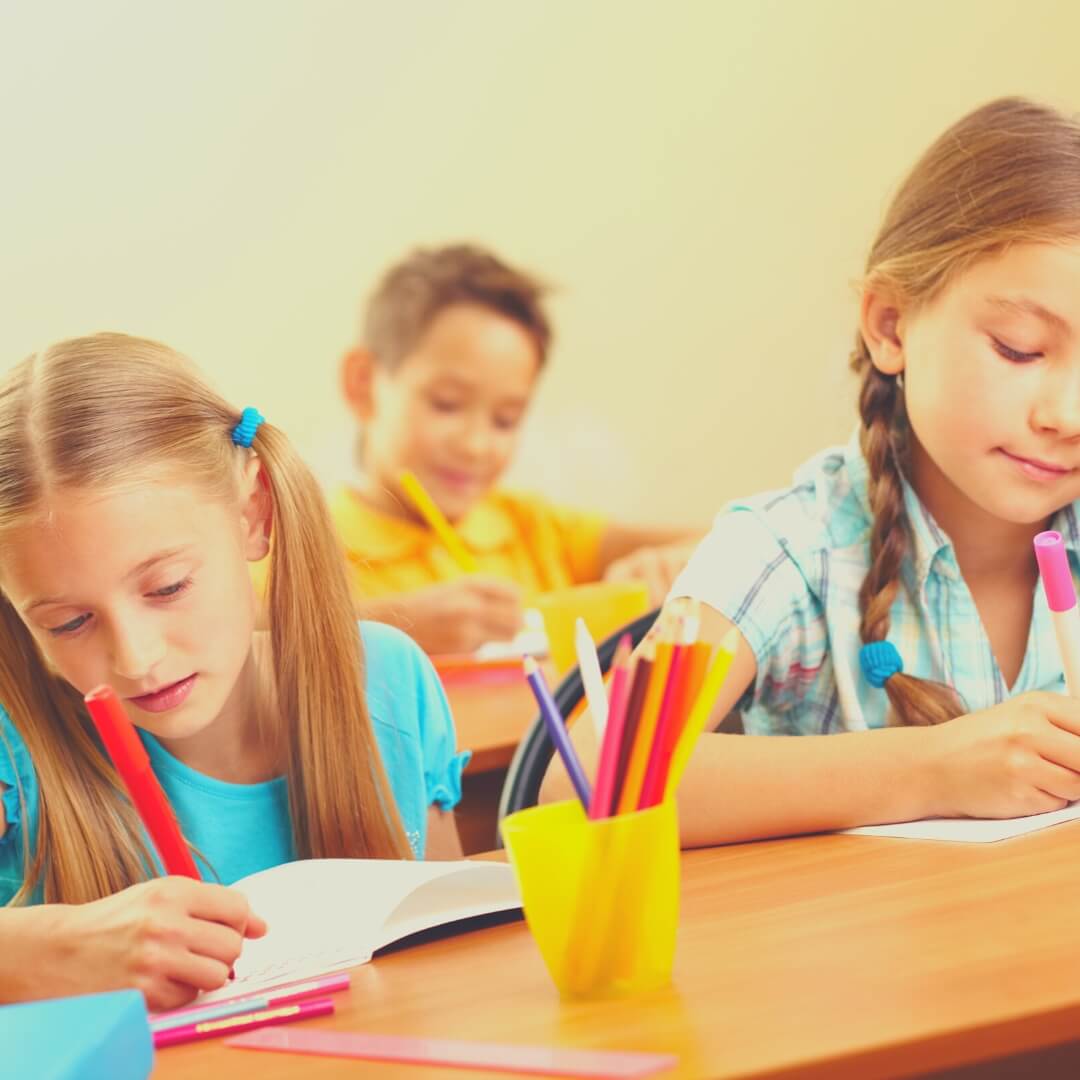
On these days, children can be surrounded by kindness since that’s the focus on the day. It’s a wonderful mood booster, and it helps foster a sense of community and belonging.
Any of these activities on my list can form part of your special kindness day celebrations, or you can:
14. Color in Kindness
Coloring is a popular and versatile activity, so why not color some kindness-themed pages?
When kids (and adults) color, they benefit from a mindfulness activity that helps them de-stress while they learn about being kind. Plus, it stimulates self-expression and creativity.
Each kindness coloring page is a positive affirmation that helps reinforce good values, nurture friendship, and build character.
15. Kindness Rock Art
A cool activity you can do lots with depending on the age of your child is kindness rock art. You also don’t need to worry about needing time for a whole lot of preparation or buying expensive art materials.
Have your child gather some flat rocks from your garden or the local park, or buy some from your garden center if necessary.
Now it’s time to decorate the rocks with glitter glue, rhinestones, markers, and paint with kind words, compliments, kindness quotes, and kindness shapes and pictures. You can coat the decorated rocks with Modge Podge or something similar to protect them.
Place the rocks around your home as reminders to act kindly, or decorate your garden with the kindness rocks. Create a heart, butterfly, or whatever your child fancies.
Final Thoughts on Kindness Activities for Kids
In the words of Aesop, “No act of kindness, no matter how small, is ever wasted.”
Teaching kids about kindness can be fun, fulfilling, and powerful… especially when they reflect on those kind acts and directly see the impact kindness has on themselves and others. So teach your child that they can be anything, as long as they are kind.
Taking things one step further, it’s important to teach them (and remind yourself as well) that we should not forget to do for ourselves too. You are worthy of self-love, self-compassion, and self-kindness.
To learn how you can nurture these essential qualities, check out our article on self-love exercises.
